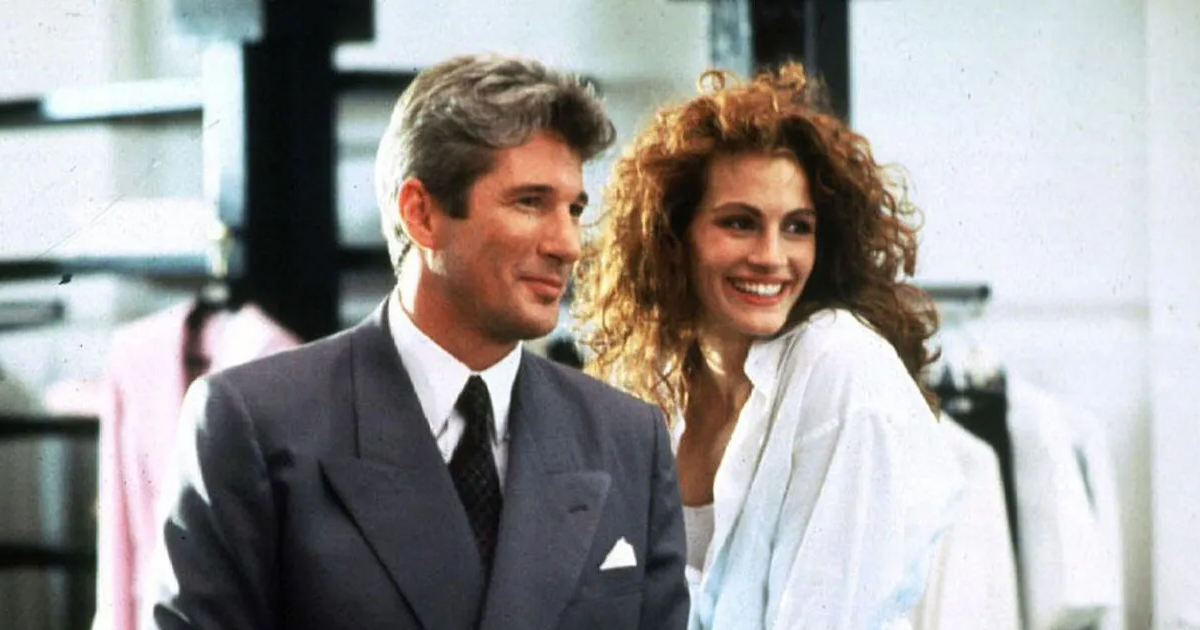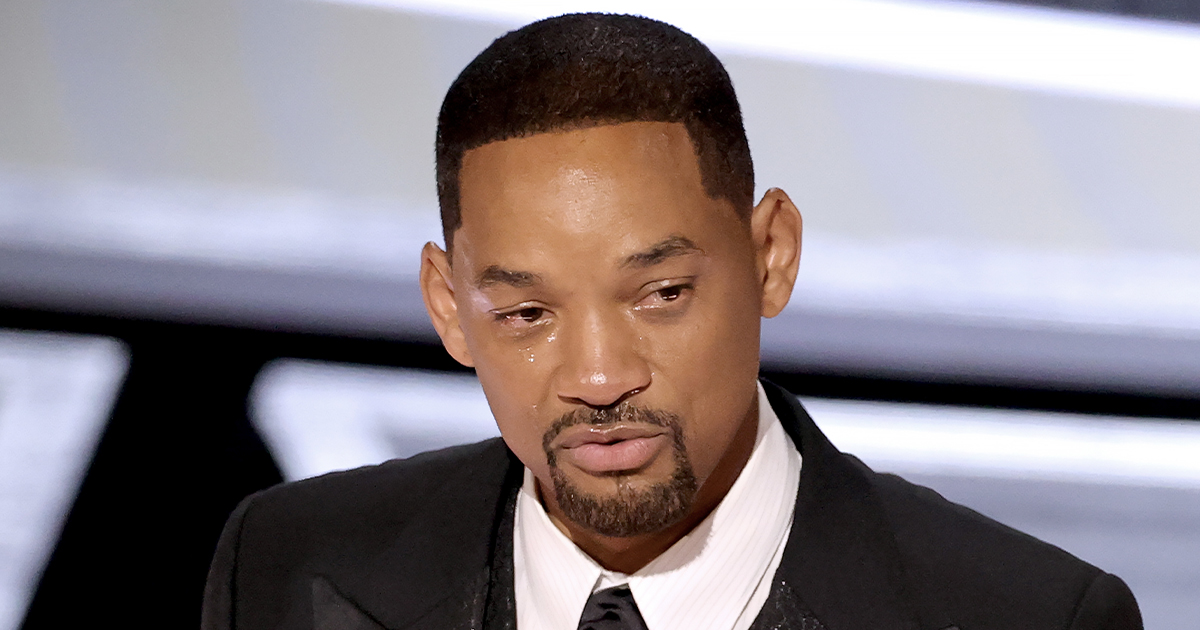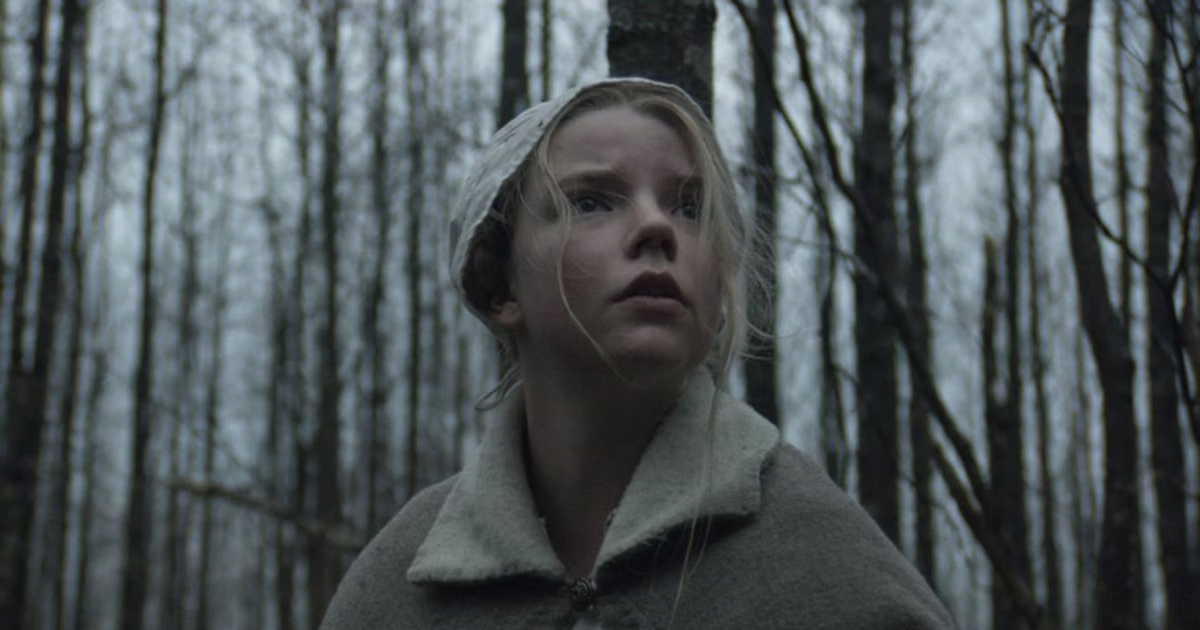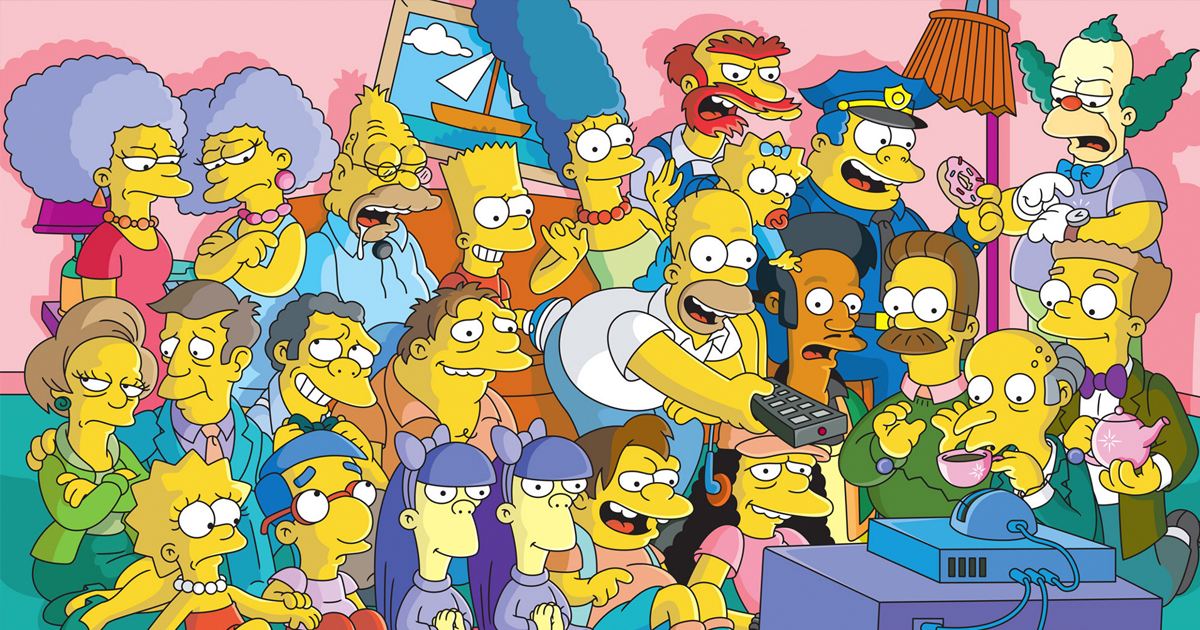Charm Offensive, Activated
Some villains twirl mustaches. The best ones make you lean in. The charmers below weaponize wit, wardrobe, and world-class menace—reminding us that “villain” and “viewer favorite” are very cozy neighbors. They seduce you with a smile, philosophize while plotting, and prove that being bad isn’t just easy—it’s irresistible.
Jessica Jones
Kilgrave turns consent into a horror show, weaponizing charm and mind control until even hearing your name feels unsafe. David Tennant’s velvet delivery makes every command sound like a love note written with a razor. He’s the scariest kind of monster—the one who insists it’s all for you, actually.
 Screenshot from Jessica Jones, Netflix
Screenshot from Jessica Jones, Netflix
Downton Abbey
Thomas Barrow’s side-eye could curdle the custard at tea. Closeted, clever, and chronically underestimated, he schemes from the servant’s hall like a snake charmer who is also the snake. Over time, his evil reveals a bruised heart, and the show slips you sympathy you weren’t planning to feel. Ambition wears white gloves.
 Screenshot from Downton Abbey, ITV
Screenshot from Downton Abbey, ITV
He-Man and the Masters of the Universe
Skeletor is Saturday-morning villainy perfected: skull face, purple cowl, and a cackle that echoes through lunchboxes. He never wins—and that’s the point—because his job is to make the idea of “bad guy” unforgettable. He’s Halloween energy bottled for kids who wanted a hiss with their heroics.
 Screenshot from He-Man and the Masters of the Universe, Mattel Television
Screenshot from He-Man and the Masters of the Universe, Mattel Television
The Flash
Reverse Flash is time travel’s worst Yelp review—one star, would not meet your hero again. First he plays mentor, then he peels off the mask to reveal Eobard Thawne’s obsession. The identity theft alone is diabolical, but it’s the long con across years and timelines that really stings.
 Screenshot from The Flash, Warner Bros. Television
Screenshot from The Flash, Warner Bros. Television
Dexter
The Trinity Killer smiles like a suburban brochure and takes lives like a ritual. John Lithgow flips the switch from affable to abyssal, turning Dexter from apex predator to rattled prey. The fallout lingers—proof that the show’s neat monster could still bleed. Evil loves a family portrait.
 Screenshot from Dexter, Showtime
Screenshot from Dexter, Showtime
Buffy the Vampire Slayer
The Gentlemen glide, grin, and take your voice—then your heart, then your heart. “Hush” distills terror into a fairy-tale nightmare, with top-hat creeps who float like bad thoughts. They barely speak, yet say everything about how fear works: it smiles, it silences, it keeps coming.
 Screenshot from Buffy the Vampire Slayer, 20th Television
Screenshot from Buffy the Vampire Slayer, 20th Television
American Horror Story
Constance Langdon smokes, smirks, and saunters through “Murder House” like Hollywood Boulevard gained fangs. Jessica Lange threads Southern Gothic through silver-screen camp, dropping barbs that cut deeper than knives. Wherever she goes, bodies and bon mots stack up—and you’d still ask her for interior design tips.
 Screenshot from American Horror Story, FX
Screenshot from American Horror Story, FX
Outlander
Black Jack Randall is sadism without the giggle—pleasure only arrives when it hurts someone else. Tobias Menzies plays him as a man allergic to joy, except when he’s administering pain. In a show steeped in romance, he’s the cold iron at its core. Gentility is just teeth with manners.
 Screenshot from Outlander, Starz
Screenshot from Outlander, Starz
Doctor Who
The Master is the Doctor’s mirror—same Time Lord hardware, wildly different user manual. Regeneration turns him into a hydra of styles, from suave devil to anarchic tornado to Missy’s gleeful mayhem. The motive never changes: make the Doctor suffer, then make the universe applaud.
 Screenshot from Doctor Who, BBC One
Screenshot from Doctor Who, BBC One
Spartacus
Lucretia treats people like place settings—arranged, used, and discarded between courses of power. Lucy Lawless plays her like pomegranate wine: sweet, heady, and liable to stain everything. When the revolt comes, it feels less like history and more like karma finally answering the door.
 Screenshot from Spartacus, Starz
Screenshot from Spartacus, Starz
Orange Is the New Black
Vee doesn’t recruit; she harvests. She grooms loyalty, seeds chaos, and cashes both like chips. In Litchfield’s fragile ecosystem, she’s the invasive species that looks pretty until it strangles the garden. Even her exit is operatic—a rude life punctuated by a ruder finish.
 Screenshot from Orange Is the New Black, Netflix
Screenshot from Orange Is the New Black, Netflix
Daredevil
Wilson Fisk is a bulldozer in bespoke. He loves his city, just not the people in the way. Vincent D’Onofrio gives him toddler tenderness and volcanic tantrums, making each outburst feel like an earthquake under a linen pocket square. The Kingpin’s heartbeat is a metronome for menace.
 Screenshot from Daredevil, Netflix
Screenshot from Daredevil, Netflix
True Detective
The Yellow King turns a bayou into a brain worm. He’s half urban legend, half human stain, and all atmosphere. By the time the mask slips to reveal Errol Childress, the myth has already done the damage—proving the scariest villains live rent-free in our heads.
 Screenshot from True Detective, HBO
Screenshot from True Detective, HBO
24
Nina Myers is treason with a headset. She starts as Jack Bauer’s lifeline, then becomes the betrayal in his back, then keeps twisting. Cool, competent, and ice-veined, she makes betrayal look like project management. Every “copy that” lands like a trap snapping shut.
Mad Men
Duck Phillips is the hangover that won’t call you a cab. He’s ambition with flop sweat, a perpetual almost-alpha whose pettiness blows up boardrooms and people. The dog, the bathroom brawl, the office-door disaster—he’s proof that in advertising, the most toxic brand can be a man.
Oz
Vern Schillinger rules by humiliation, carving offensive symbols into souls and schedules alike. JK Simmons makes him chillingly banal—atrocities delivered with bureaucratic calm. His war with Tobias Beecher is a feedback loop of pain, illustrating a painful truth: violence isn’t a plot, it’s a policy.
The X-Files
The villain here turns doubt into governance. He smells like secrets and carcinogens, supervising conspiracies with funereal patience. Every exhale fogs the truth, every choice trades humanity for order. If evil has an HR department, he’s the lifer with perfect attendance.
 Screenshot from The X-Files, Fox Broadcasting Company
Screenshot from The X-Files, Fox Broadcasting Company
The Walking Dead
The Governor smiles, then subtracts. Woodbury looks like an HOA brochure until you read the bylaws in blood. Behind the eyepatch is a tyrant who massacres at the first hint of dissent, then blames the corpses. He proves zombies aren’t the show’s scariest swarm—people are.
 Screenshot from The Walking Dead, AMC
Screenshot from The Walking Dead, AMC
Hannibal
Dr. Lecter plates horror like haute cuisine. Mads Mikkelsen makes every word a garnish and every gaze a sharpened blade, savoring the transformation of Will Graham from adversary to entrée. “Nothing happened to me” reads like a manifesto—evil as self-portrait, cruelty as art.
Seinfeld
Newman weaponizes petty. He is the human speed bump, the mailroom Moriarty whose schemes smell like stamp glue. “Hello, Newman” isn’t a greeting—it’s an alarm bell. In a universe where nothing matters, he’s proof that something small can still be diabolically satisfying. Villainy, but make it everyday.
Breaking Bad
Gus Fring is capitalism’s final boss—polite, punctual, and pathologically efficient. The chicken is crispy; the empire is crispier. Giancarlo Esposito’s whisper turns threats into contracts, until one quiet man in glasses seems harder to kill than a cartel. He’s the thesis statement behind the show’s title: the breaking is a process.
 Screenshot from Breaking Bad, AMC
Screenshot from Breaking Bad, AMC
You May Also Like:
TV Shows That Persevered Despite Everyone Hating These Characters
Does Anyone Remember These Television Shows? Anyone?
Crossover Episodes So Good We Wish They Had Their Own Series
Source: 1












